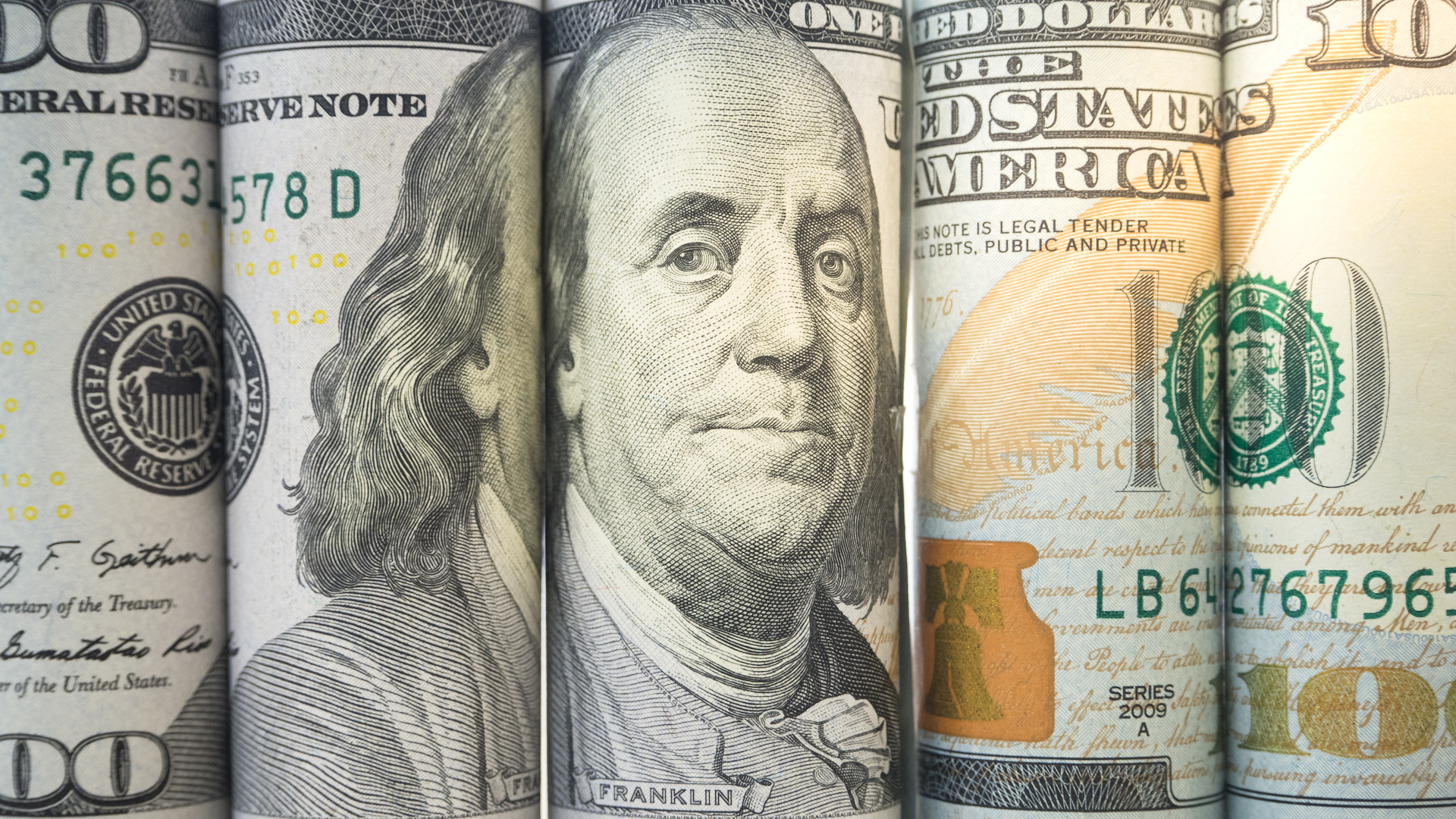
[Simone Del Rosario]
Waiting for the boom? The U.S. just crossed $34 trillion in debt. We’ve doubled the national debt in the last decade. And the latest spending package won’t help chip away at it. There are no two ways about it, that’s a lot of money. And I’m about to tell you who holds every dime.
I’m sure you know that China is a major holder of U.S. debt. But according to Treasury data, the No. 2 economy appears to be dumping U.S. Treasuries over the years. They’ve offloaded 18% of their holdings from August 2022 to October 2023. But analysts are split on whether China’s actually dumping dollars, or just moving them off book to offshore agencies.
And China’s not the foreign country holding most of the bag. That goes to Japan, with 14.5%. Then China, the U.K., and so on. But this list of foreign countries accounts for less than a quarter of the purse. So who holds the rest? Here’s economist Charles Calomiris.
[Charles Calomiris]
The buyers for U.S. debt, I think, can be usefully grouped into three categories. First, the Federal Reserve, which buys the U.S. debt currently as part of their own desired monetary policy.
[Jerome Powell]
Our asset purchases have been a critical tool. They helped preserve financial stability early in the pandemic and since then have helped foster smooth market functioning and accommodative financial conditions to support the economy.
[Simone Del Rosario]
According to the latest Treasury Department data, the Federal Reserve currently owns more than 16% of the national debt.
[Charles Calomiris]
The second group that buys U.S. government debt are hedgers.
[Simone Del Rosario]
Hedgers include things like pension funds and insurance companies. As long-term, low-risk investments, Treasury securities are a natural hedge. And you know what big group fits into this category? Government accounts. The Social Security fund, federal employee retirement funds, they all buy Treasury securities. Government accounts hold more than a fifth of all the national debt.
[Charles Calomiris]
The Fed and the hedgers really are willing to buy the debt without any kind of speculative belief being expressed about whether the things are gonna go right or wrong. Hedgers really don’t care.
[Simone Del Rosario]
Add up government agencies with the Federal Reserve. The result means more than a third of all U.S. debt is held by agencies that tie back to the U.S. government.
[Charles Calomiris]
Now the third group are the public in general or investors in general within and outside the United States.
[Simone Del Rosario]
Now we can fill out the rest of our pie, giving you a complete picture of who holds U.S. debt. That “other investor” category includes private sector hedgers but also speculators, looking for a good return on the debt.
[Charles Calomiris]
Those people include sharp penciled investors who are sometimes called the bond vigilantes, because they’re worrying ahead and thinking ahead. So it’s really those three groups and I think part of the problem in the last decade has been that the size of the demand coming from the first two groups has been so large that it’s kind of insulated the government debt markets from seeing this longer term problem and making it visible in interest rates.
[Simone Del Rosario]
Bond vigilantes are bondholders who either threaten to sell – or do sell – large amounts of U.S. debt to send the government a message on spending. Selling bonds depress their value, pushing interest rates up. At its core, it is investors demanding higher compensation to lend the government money, which is what you do when you buy U.S. treasuries. This vigilantism helped push a recent peak in October 2023, when the 10-year Treasury yield topped 5%.
But what happens if higher interest rates aren’t enough? If the government wants to take on more debt, but bond auctions fail to attract outside buyers? That’s when the government turns back to Group No. 1, the Federal Reserve.
[Charles Calomiris]
The central bank has no choice but to step in and mop up the mess caused by the fiscal authorities. Every inflation in all of history has been caused by that. And that is exactly what our risk is, again, for us today.







